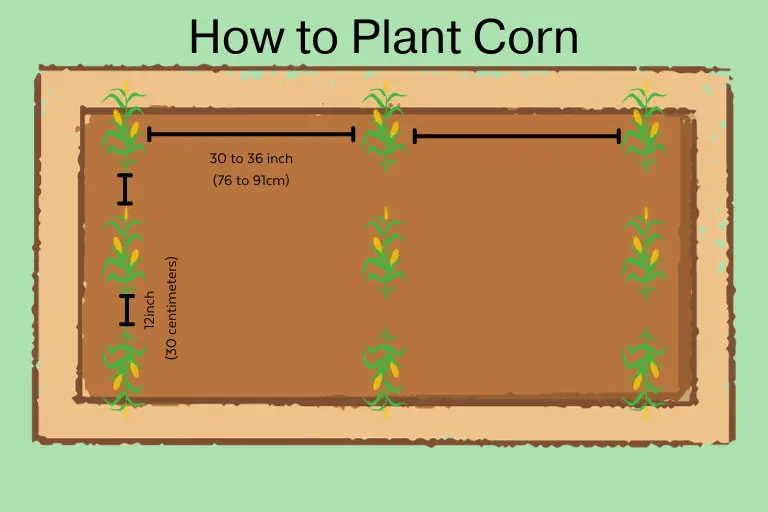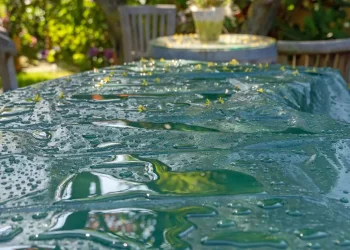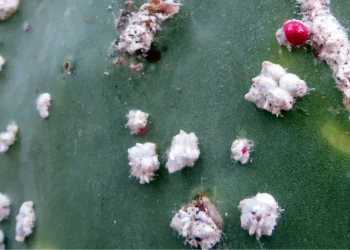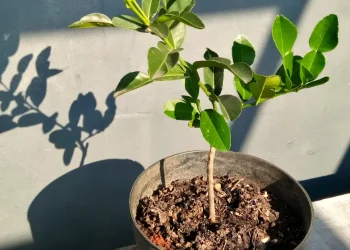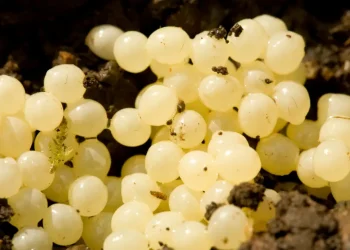Many gardeners like to plant at least two corn seeds per hole because corn seeds do not always germinate successfully. But this time, they did, and you see two little sprouts coming from the soil side by side. What now? Can two corn stalks grow together? Should you maybe kill one of the corns, or are there other options?
Well, there are other options! In this article, we’ll discuss if two corn stalks growing together could cause any problems and what is the right approach to this issue.
Can Two Corn Stalks Grow Together
Two corn stalks can grow together, and it’s not uncommon to see multiple corn plants growing very close to each other in a garden. But it comes with one big disadvantage – they’ll compete for resources, which can result in uneven growth and maturing.
However, like every coin, this also has two sides.
You see, corn is a bit special when it comes to pollination. Unlike many other plants that rely on insects to transport pollen from male to female flowers, corn is primarily wind-pollinated.
The male flowers, known as tassels, produce pollen, which is carried by the wind to the female flowers, or ears, where fertilization occurs.
For this to happen successfully, there needs to be a bunch of pollen flying around. So, having multiple corn stalks growing close together can actually be beneficial from this perspective.
How is Corn Pollinated
But I hope you don’t have only those two seeds. If that is true, you need to hurry up and plant some more.
Many other plants can be cross-pollinated with pollen from different plant varieties or even species, especially if they are closely related.
But this is not the case with corn. Each kernel of corn on the cob had to be individually pollinated with its own grain of pollen. So corn won’t do well as one or two plants.
What to do with Two Corn Stalks Growing Together
When you find two corn stalks growing closely together in your garden, it’s better not to let it go and do something about it. Primarily because of possible competition for resources.
There are many different corn varieties, and their recommended spacing is typically around 12 inches (30 centimeters). If they are too close to each other (or growing completely together), I’d recommend spacing them out.
You don’t have to kill one. Simply wait until they are sprouted a couple of inches above the ground and carefully transplant one of them. Maybe there’s an empty space in your corn rows? You can transplant it there.
However, if you can see that one of the corn plants is small and weak, and it’s probable that it won’t make it, you can probably dig it up and add it to your compost.
How to Plant Corn the Right Way
As mentioned in the introduction, many gardeners like to plant multiple seeds per hole. Prior to this article, I talked to numerous gardeners, and the numbers highly fluctuate. Some plant 2 or 3 corn seeds per hole; others are not afraid to add even 5 of them per hole.
I like to keep things simple. If the seeds are very fresh and of high quality, I plant just one seed in each hole. I usually source seeds from my farmer friend, and I know they will germinate. But if it happens that I have to get seeds from a store or online, I’ll plant two per hole.
The number of corns is also essential. Corns need to be pollinated with their own pollen. So you can’t plant one corn and wait for success. Depending on your garden space, I recommend starting with a 3×3 block, spacing seeds circa 12 inches (30 centimeters) apart, with rows 30 to 36 inches (76 to 91cm) apart.
So, for one corn “block,” you’ll need at least 90×36 inches of space (228×91 centimeters).


